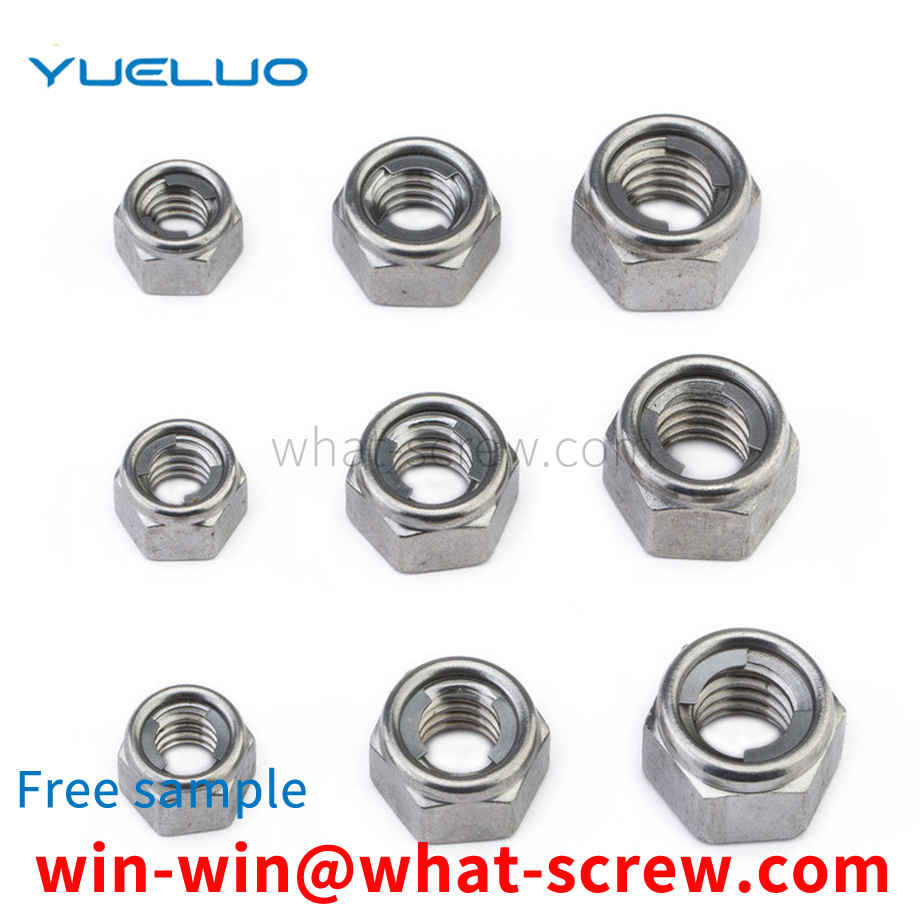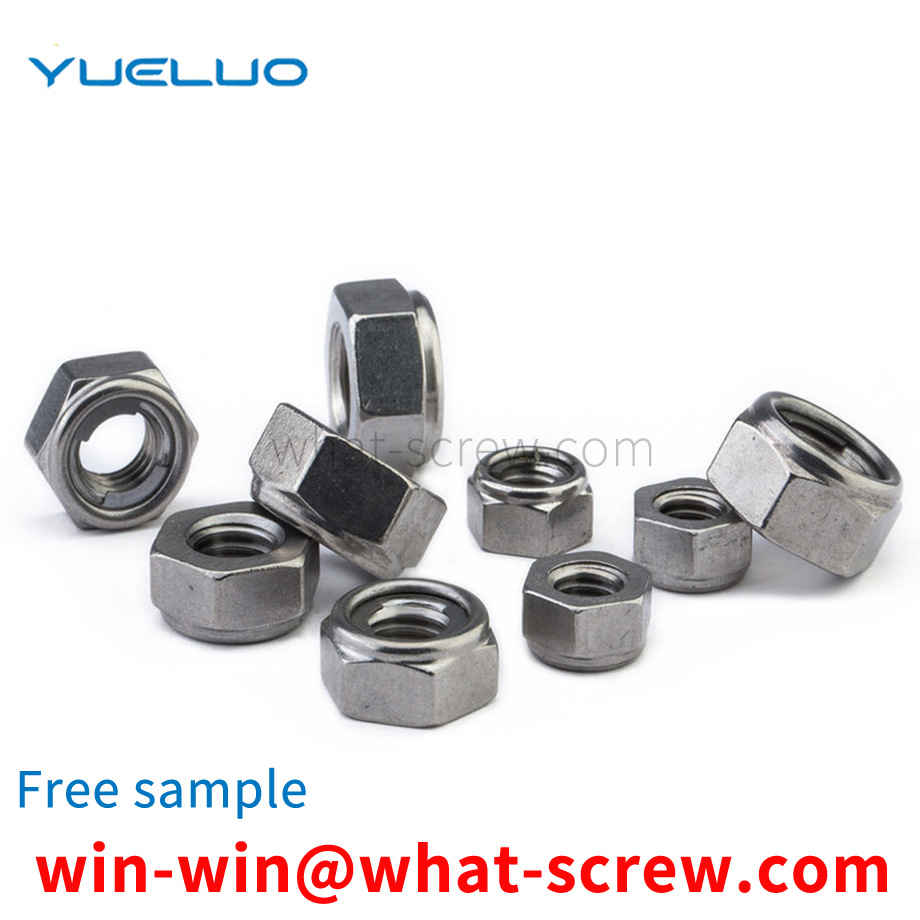The elastic cylindrical pin, also known as the spring pin, is a headless hollow cylindrical body, which is slotted in the axial direction and chamfered at both ends. It is used for positioning, connection and fixation between parts. The outer diameter of the spring pin is usually slightly larger than the mounting hole. The deformation force generated by the elastic cylindrical pin to be restored to its original state by extrusion ensures the clamping effect of the elastic cylindrical pin. But just because of its clamping effect, it will play a big obstacle to the disassembly of the elastic cylindrical pin. When in use, the open end is extended out of the through hole on the pin shaft, and the open end is flared and separated to prevent the elastic cylindrical pin from sliding off the pin shaft to realize the function of preventing backlash. At present, the disassembly method of the elastic cylindrical pin usually uses a punching machine to remove the cylindrical pin, which easily destroys the equipment installed on the cylindrical pin, and the disassembled elastic cylindrical pin cannot be used again due to damage. One method is to insert the mounting pin with the clearance fit of the mandrel, punch the pin behind the mandrel to clamp the bottom of the cylindrical pin, and then pull out the cylindrical pin, which can only be used when the elastic mounting pin is installed in the through hole, and because it is necessary Applying force to the mandrel increases the difficulty of disassembly and increases the work intensity of the installer. Three methods are done by the installer using two needle nose pliers. Specifically, first use needle-nose pliers to clamp the ends of both sides of the elastic cylindrical pin, and then apply an inward force to the needle-nose pliers, so that both sides of the elastic cylindrical pin rotate in the same direction until the opening becomes smaller, and then Pull it out to remove it successfully. The defects of these existing methods are obvious. The shape of the disassembled elastic cylindrical pin is either unusable or the deformation of the cylindrical pin after disassembly is not uniform, which seriously affects the performance of the elastic cylindrical pin, resulting in waste and increased cost; The method is purely manual work, and sometimes it takes several repetitions to remove the elastic cylindrical pin. Due to the different installation positions of the elastic cylindrical pin, it sometimes increases the difficulty of disassembly, and it is difficult to remove the needle-nose pliers effectively. The pliers are difficult to construct, and the elastic cylindrical pins are easily damaged. If there are too many elastic cylindrical pins to be disassembled, the existing methods are often difficult to meet the needs, which not only consumes a lot of time and physical strength of the installer, but also makes it difficult to ensure the quality.
Shaft retaining ring (hereinafter referred to as retaining ring) is a very common part and is widely used in shaft parts. The existing solution for pressing the retaining ring is: place the retaining ring sleeve in the chamfering section or the guiding section of the shaft head, and then use an indenter whose inner hole diameter is larger than the diameter of the shaft head to press the retaining ring into the groove, and then press the retaining ring into the groove through the shaft head. The retaining ring is combined with the slot to prevent the indenter from continuing to move downward.
The necked brake pad rivet includes a head and a shaft, the head and the shaft are integrally connected, and it is characterized in that: the head and the shaft are provided with axial through holes formed by cold heading, so The end of the shaft is provided with a tapered portion formed by cold extrusion and chamfering.
With the rapid development of electronic technology, the integration of circuit boards is getting higher and higher, and the number of layers of circuit boards is increasing. Press-fit and fix to ensure accurate alignment during riveting and pressing. The rivets used on PCB boards are basically brass rivets. When riveting and pressing multi-layer PCB boards, metal chips are prone to appear, inner layer short circuits or foreign objects between layers, and because of the brass rivets With higher hardness and larger wall thickness, the riveted area of the PCB is thicker than the non-riveted area, which is easy to cause damage to the middle steel plate of the auxiliary tool. At the same time, the protruding rivets hinder the free expansion of the copper foil, which is easy to produce copper foil. wrinkling phenomenon. Now there are improved plastic rivets used to manufacture multi-layer PCB boards. The advantage is that no metal debris is generated, and at the same time, the tool steel plate is not damaged to the greatest extent. However, the existing plastic rivets are insufficient due to the inherent strength of plastics. When the PCB board is riveted and pressed, it is easy to deform, and the positioning is inaccurate, resulting in dislocation between layers, resulting in poor improvement of the product defect rate.
In the existing life, repair parts are often used to repair the cassettes with damaged screw holes, and the screw holes on the repair parts are used instead of the original damaged cassette screw holes. However, in the prior art (application number: 201520948368.1), the restoration is fixed by rotating the support of the restoration, which is often inconvenient due to the small space of the cassette. In addition, the set screw in the prior art mainly fastens the object through the end of the screw without threaded holes, which makes it difficult to install external screws. Based on this, a method of extruding the support through a set screw with screw installation holes and tightening the repair piece, and then installing the screw on the set screw, will facilitate the quick installation and use of the repair piece.
We have many years of experience in the production and sales of screws, nuts, flat washers, etc. The main products are: sealed waterproof standoffs, flat head internal thread copper standoffs, aluminum nuts, flush nuts and other products, we can provide you with suitable tightening nuts. Firmware Solutions.



















 Service Hotline
Service Hotline




